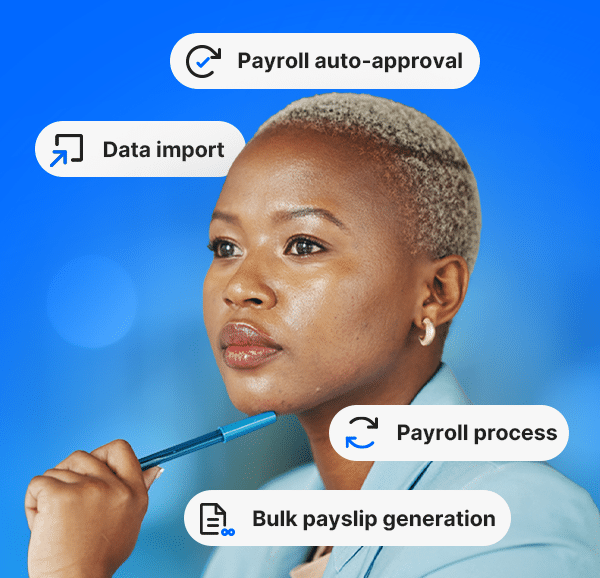by Emma Streatfield, Chief Revenue Officer, CloudPay
As Chief Revenue Officer for CloudPay, I’ve been able to witness the transformation of payroll’s position within modern business first-hand. Payroll has the potential to become a fundamental asset of data, insights, and strategic value to any forward-thinking organization. Because of this, it has a right to have a seat at the table now more than ever before.
And yet, despite that, payroll isn’t being recognized as much or as often as it should be for the vital role that it’s playing.
There’s a long-lasting perception that payroll is merely an operational process, and it’s a perception that’s proving very difficult to shake off. Many employees and business leaders look on payroll as no more than a simple administrative process. This overlooks the technical knowledge that is often really strong within the payroll team, as well as the time and effort invested to build up that expertise.
What does this mean in practice?
At face value, overlooking payroll’s value means that employees and managers often still simply get in touch with the payroll team when something is wrong, and expect them to resolve the issue. But in the current business landscape, the problems can regularly run far deeper than that. I’ve noticed three particular challenges that crop up all too often:
- Difficulty innovating: when people don’t realize how valuable payroll can be in moving businesses forward, getting approval and sign-off for new projects can be much more challenging. This can delay and disrupt much-needed innovation that helps keep business and payroll processes up to date.
- Limited role in driving growth: a lack of prioritization of payroll technology investment means that the team is often trying to do its best with one hand tied behind its back. New technology can offer so much potential in terms of visibility and insights, but the way that the platforms are presented to the C-suite often fails to convince them to commit to investing. A recent report by Everest, highlighted that in the current landscape of fragmented solutions, nearly 45% of business leaders lack global visibility into payroll operations, hindering strategic decision-making.
- Unnecessary strain on the payroll team: both of the above points, allied to payroll only being able to address problems when they become serious enough, mean that payroll staff get stretched and stressed. The level of scrutiny that falls upon their responses to any issues only exacerbates this problem, especially with complex undertakings like global compliance.
Breaking down barriers with a compelling business case
Often payroll transformation comes when it’s part of a wider transformation project. However, this isn’t always a realistic prospect, and so many payroll teams may have to get more proactive in changing perceptions.
This means payroll teams need to uncover a strong business case to drive material change or secure investment – and sell that case in such a way that the C-suite simply can’t say no. This can combine four different elements:
- Demonstrate value: the solid foundation of the business case is to articulate and quantify the many benefits that the investment will deliver. This can include more valuable data, deeper and more relevant insights to drive decision making. Plus improved productivity within the payroll team, and better employee experiences across the workforce, which can help hit retention and satisfaction KPIs.
- Select the right advocate: the business case needs the right person to drive it forward, based on expertise, enthusiasm, and a strong belief that payroll really can make a meaningful difference. At the same time, attracting the support of an influential internal sponsor can really help secure C-level executives’ buy-in.
- Shed light on hidden pains: the C-suite will already be aware of many costs and difficulties across their business – so here’s an opportunity to demonstrate how payroll can help address the headwinds they don’t know about. This could include the hidden costs of payroll inefficiency, such as longer payroll runs, more errors, missed deadlines and risk of non-compliance.
- Explain that prevention is better than cure: this is the chance to move a business away from making changes only when an audit uncovers something bad. Showing leaders the consequences of not making proactive changes can help them start taking the need for payroll transformation seriously and avoid unnecessary pain further down the line.
In summary
Like all good things in business, this is a question of balance. You don’t want to trade on fear and scare decision-makers, but the more you can show how a payroll transformation can support business priorities, the greater the chances of securing that all-important investment. And if you’re looking at partnering with a particular payroll provider, leaning on their innovations and expertise can give your case the weight and gravitas it needs to get sign-off, elevate payroll, and ultimately drive growth for the whole organization.
Take a closer look here at how CloudPay’s global payroll platform supports the modern pay experience, and a strategic future for the payroll team.


